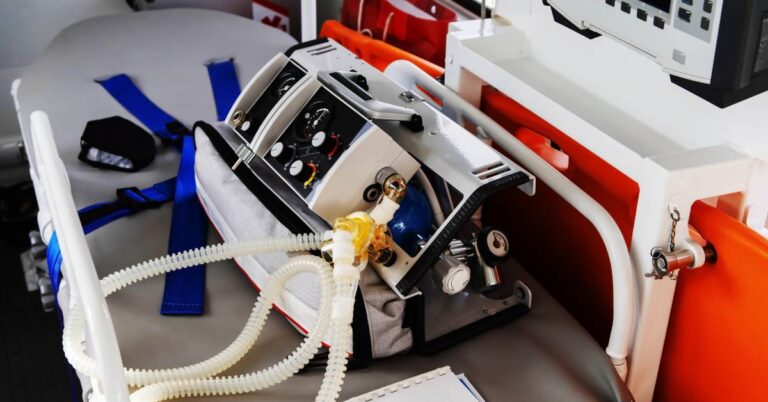
An Overview of Patient Monitoring Devices
Patient monitoring devices are some of the most important pieces of equipment in healthcare-related environments. Without reliable monitoring equipment, critical patient data could be overlooked. Such oversights could literally mean the difference between life and death. If you’re in the process of purchasing biomedical equipment for this purpose, take a moment to consider what to look for when choosing common patient monitoring devices.
Vital Signs Monitors
Most vital signs monitoring devices used today measure and display details related to a patient’s blood pressure (BP), pulse, and temperature. Some models also meet IV sedation monitoring requirements to track vitals when anesthetics are used during outpatient procedures or dental visits. Similar models include push-button programming and the ability to print displays.
Anesthesia Systems
Anesthesia monitoring devices display critical information about the gases, drugs, and fluids administered while patients are sedated. Equipment of this nature may include a workstation and monitor or a separate console. Alarms incorporated into most anesthesia systems give alerts when certain variables are outside of accessible ranges.
Pulse Oximeters
Pulse oximeters are monitoring devices used to measure heart rate and oxygen levels in the blood. These devices, which can be wrist-worn or handheld, are designed for patients with asthma, COPD, congestive heart failure, and similar issues that could affect blood oxygen levels. They include technology that detects any rapid changes in oxygen levels in the body.
All-in-One Monitors
These monitors collect an assortment of patient data points and display them in an easy-to-interpret format on a screen. Certain models have predefined settings, along with specific settings that can be customized to fit patient profiles. Some multi-data monitors can also be wall mounted.
What to Look for When Making a Purchase
First, look for a monitor that can provide the patient data you’ll need to track. If, for instance, you primarily need patient vital signs, then you can probably skip devices with all the bells and whistles. However, if you’ll have to monitor patient stats long-term, an all-in-one model would likely serve you better.
With regard to safety features, be sure to look at alarm capabilities. If you will be using monitoring devices on a continuous basis, something like a critical alarm breakthrough tool that provides alerts even if alarms are turned off could provide added peace of mind. Also consider:
- Network connectivity
- Module compatibility
- Interface design
- Warranty coverage
Now that you have a better idea of what to keep in mind when selecting patient monitoring devices, take a look at what’s available from reputable sellers like Coast Biomedical Equipment. Because carefully inspected refurbished devices from trusted manufacturers are also available, you can find the affordable and reliable monitoring equipment you’ll need to safely and effectively monitor your patients’ stats.





